Written By: Nicole Leong Are you boring your audience? Sorry to break it to you but chances are, yes you are. Nicole Leong, BlueChip's digital lead, tackles the topic of how to create decent financial services content. Creating quality content in financial services is not about writing what you want to say, or what you know lots about. Because, newsflash: no one cares. 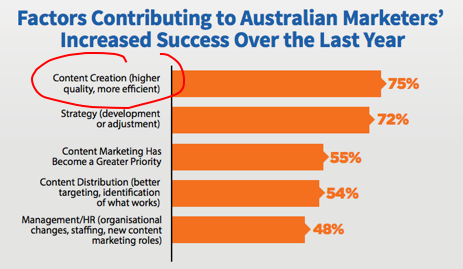 Source: Content Marketing in Australia 2018 - Content Marketing Institute/ADMA If you want to create content that is interesting, and plays an effective role in your content strategy, what you say has to be what your audience wants to hear. In other words, the content you put out has to fulfill your audience’s unmet information needs. Hint: helpful content is rarely boring. Sounds like common sense, but it’s surprising how few in the financial services industry seem to understand this.
Source: Content Marketing in Australia 2018 - Content Marketing Institute/ADMA If you want to create content that is interesting, and plays an effective role in your content strategy, what you say has to be what your audience wants to hear. In other words, the content you put out has to fulfill your audience’s unmet information needs. Hint: helpful content is rarely boring. Sounds like common sense, but it’s surprising how few in the financial services industry seem to understand this. 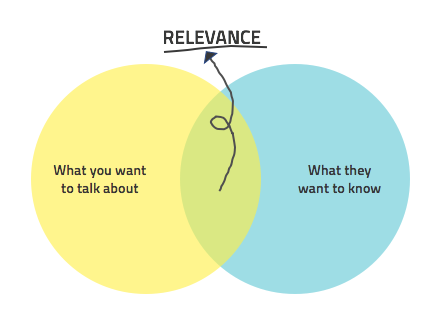 As marketers we understand the tendency to want to broadcast key messages about your company and how special it is, but that doesn’t deliver any real value to your audience. It certainly doesn’t help you to be found when your audience is searching for solutions to their problems.Here’s a quick guide on how to write content that people want to read.First, understand your audience and what their unmet information needs are. How can you add value and help fulfill those information needs? Most organisations understand this broadly and can map out larger subsets of information that may provide useful content.Based on your understanding of audience needs and information consumption habits, you can also decide the type or format of content you need to create. Consider the format that best suits the kind of information you are going to relay. Consider also the kinds of channels you know your audience uses. For exploration of more complex issues, for example, a whitepaper may work well. For more practical information or guidance, a checklist is both valuable and shareable. Consider also whether you make it a broader, more general “how-to” or a brand/product-specific piece espousing the practical benefits you have to offer. And make your library of content work strategically for you by mapping it to your buyer’s journey .
As marketers we understand the tendency to want to broadcast key messages about your company and how special it is, but that doesn’t deliver any real value to your audience. It certainly doesn’t help you to be found when your audience is searching for solutions to their problems.Here’s a quick guide on how to write content that people want to read.First, understand your audience and what their unmet information needs are. How can you add value and help fulfill those information needs? Most organisations understand this broadly and can map out larger subsets of information that may provide useful content.Based on your understanding of audience needs and information consumption habits, you can also decide the type or format of content you need to create. Consider the format that best suits the kind of information you are going to relay. Consider also the kinds of channels you know your audience uses. For exploration of more complex issues, for example, a whitepaper may work well. For more practical information or guidance, a checklist is both valuable and shareable. Consider also whether you make it a broader, more general “how-to” or a brand/product-specific piece espousing the practical benefits you have to offer. And make your library of content work strategically for you by mapping it to your buyer’s journey .
Let the data guide you
Once you’ve got format and a rough idea of topic areas sorted, it’s time to use research and data to narrow and finesse the topic, and decide on the angle that best suits your audience (and on which your company is, of course, an expert). Zeroing in on specifics, providing tangible examples and offering actionable insights is where you can really hit the interest button. This is a far cry from broad generic content that leaves your audience thinking "so what" instead of "gee whiz".Validate and refine your topic by doing some quick keyword research using Google’s free keyword planner tool that shows exactly what topics people are searching for and how. Google Trends shows how search volumes for a certain keyword have changed over a specified period of time (in normalised data terms), helping you identify trending topics.Let’s work through a financial services content creation example…With the Federal Election coming in May, Labour's proposal to end cash rebates for excess imputation credits (a.k.a franking credits) has caused quite a stir amongst retirees, pre-retirees and SMSF trustees (and their advisers), who will potentially be impacted should we face a change in government.
Source: Google Trends
This is apparent from a quick squiz of Google Trends, which shows us that search interest in "franking credits" within Australia has risen sharply over the past weeks - people are actively searching for information on this topic.If you're an investment provider, say, a fund manager, trying to get in front of high net worth individuals, this could be your chance to address concerns, and earn trust.So you've narrowed down your topic focus, but what's the angle on it? What are the sorts of questions people have about it?Identify the burning questions
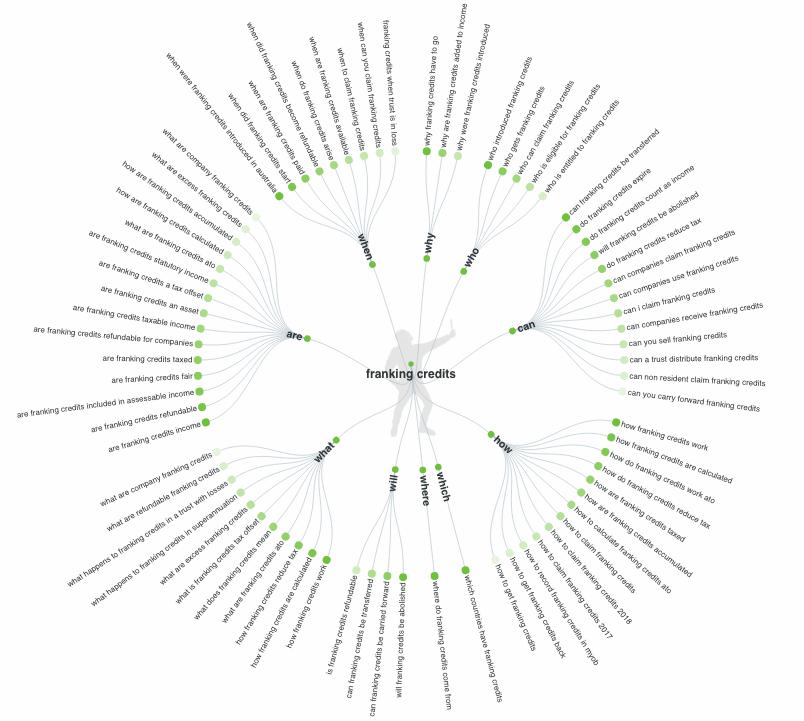 Source: Answer The PublicHave you ever looked at Google's suggested searches and thought to yourself: that's what other people are searching for? Answer The Public is a tool that puts together all the suggested searches around a topic for you, categorises them, then maps questions out in a neat visual way.This should give you an idea of what the common questions about franking credits are, and give you ideas on how your content can answer them.Related: Content Marketing Goals and Metrics: Target, Review, Refine, Repeat
Source: Answer The PublicHave you ever looked at Google's suggested searches and thought to yourself: that's what other people are searching for? Answer The Public is a tool that puts together all the suggested searches around a topic for you, categorises them, then maps questions out in a neat visual way.This should give you an idea of what the common questions about franking credits are, and give you ideas on how your content can answer them.Related: Content Marketing Goals and Metrics: Target, Review, Refine, RepeatSkyscraper existing content
Tools like Buzzsumo pick up content from all over the web that’s doing well in terms of social shares. You can even search particular domains, such as your competitors’. Sneaky, huh?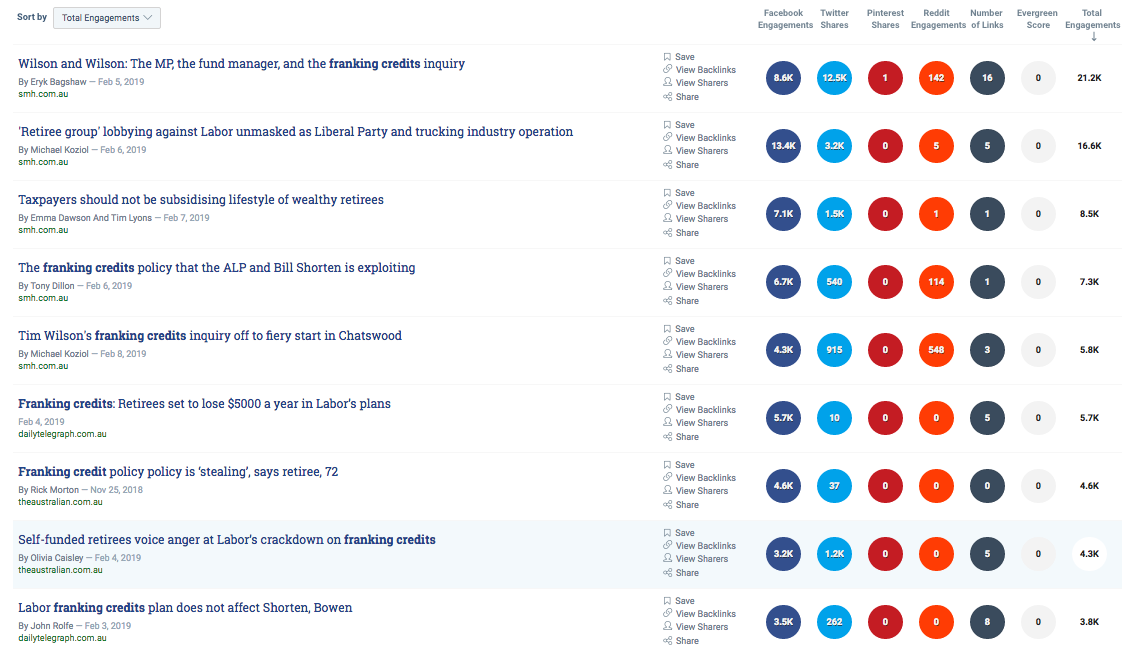 Source: BuzzsumoThe idea is to take one of those content topics as inspiration and build on it, making it your own. Add your own expert insights, update it so it’s current, or modify it so that it’s particularly relevant to your niche audience. Why start from scratch when you can take what others have done and make it better?
Source: BuzzsumoThe idea is to take one of those content topics as inspiration and build on it, making it your own. Add your own expert insights, update it so it’s current, or modify it so that it’s particularly relevant to your niche audience. Why start from scratch when you can take what others have done and make it better?Listen in on the buzz
We all know social media’s a great way to get your ear to the ground and hear what people are saying about your brand, but have you thought of also using it for content creation?Twitter’s unique opinion-heavy “micro-blogging” style particularly suits this purpose. Just by doing a search we can see quickly and clearly what people are pleased, upset, or unsure about, which is handy for content inspiration.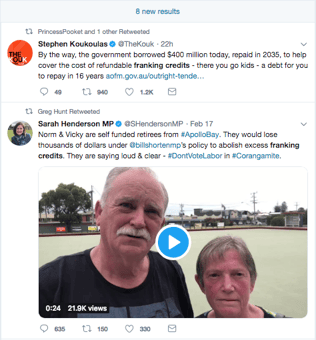
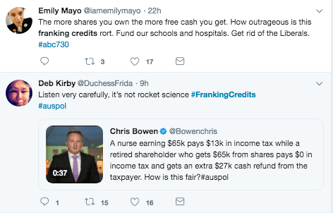 Forums like Reddit and Quora are another way for you to pick up on chatter – look out for popular topics or questions that come up repeatedly, and what your target audiences are saying about them.
Forums like Reddit and Quora are another way for you to pick up on chatter – look out for popular topics or questions that come up repeatedly, and what your target audiences are saying about them.

